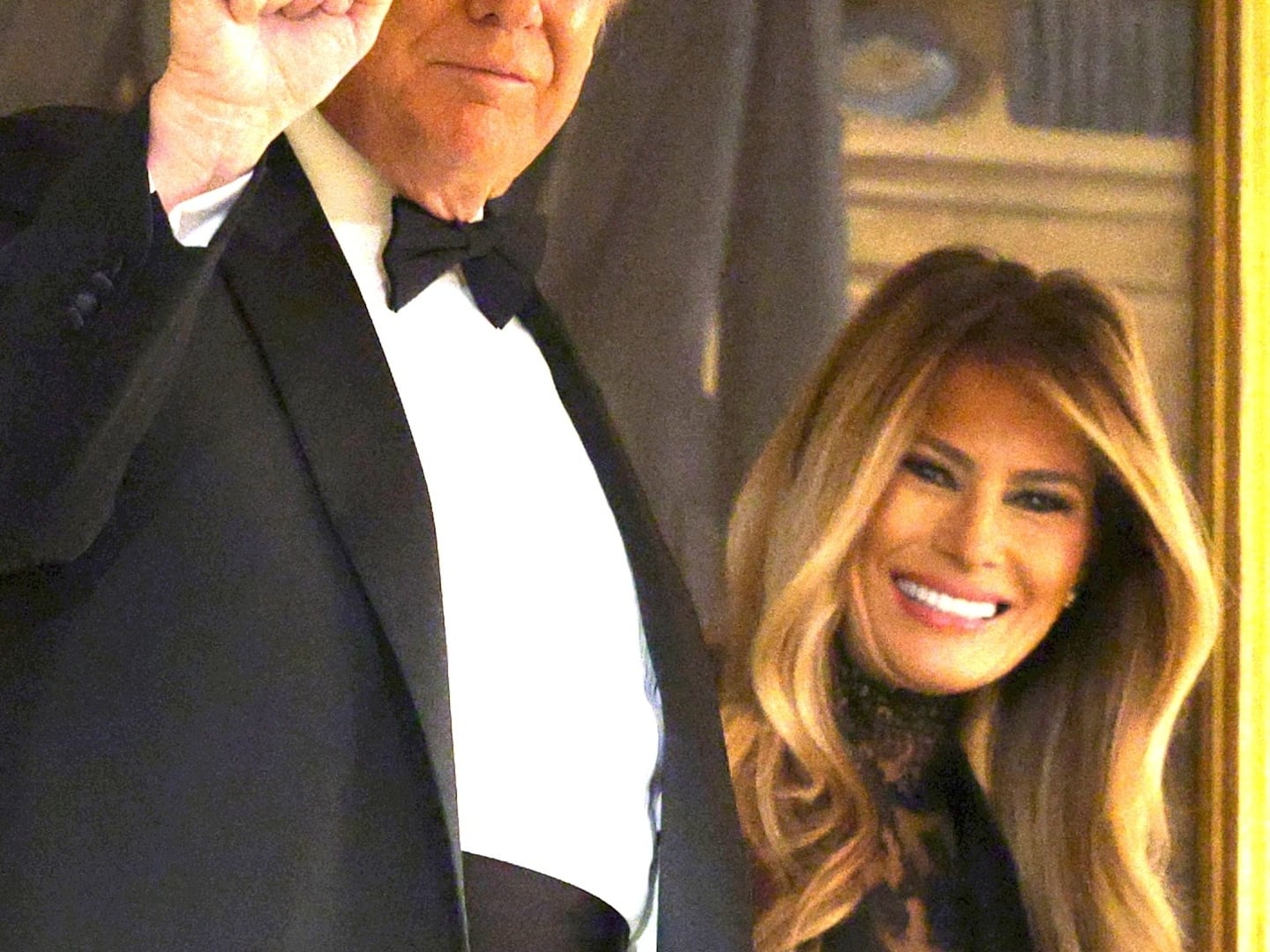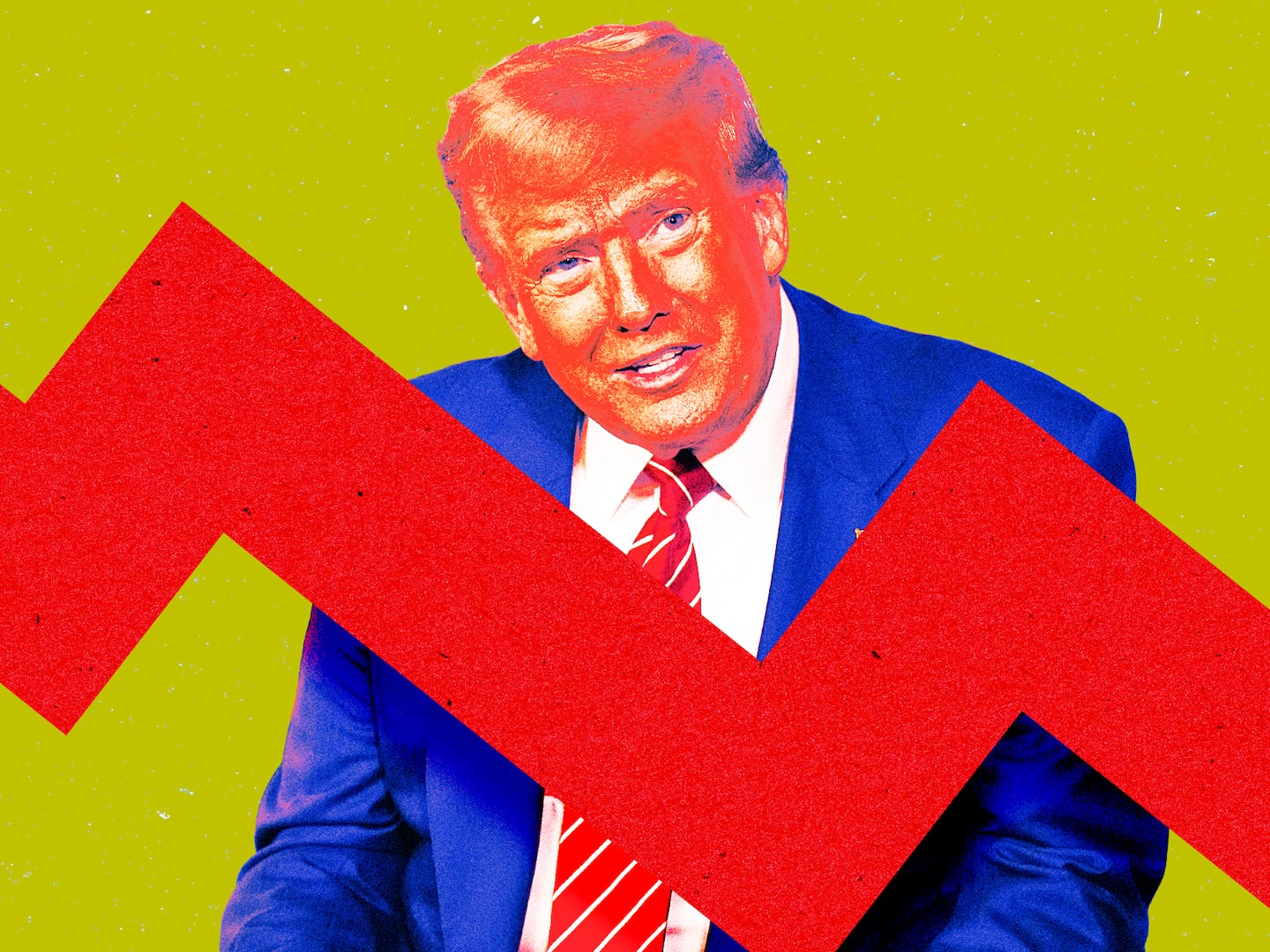Underneath a quiet Manhattan street, far enough east that no subway rumbles can interfere with his work, the laser king toils in a dark laboratory.

The storefront, with only a wide “Holographic Studios” sign, gives little indication of the eccentric wonder emporium the historic space holds. Inside is the self-proclaimed world’s oldest holography gallery. It’s a small room filled half with still holograms—telescopes you can look into, a mouse peering across a keyboard—and half with moving holograms, eerie short scenes that play out as you pass by. There’s Andy Warhol flipping through a newspaper and a mesmerizing reenactment of Lee Harvey Oswald being shot.
In this front room, Jason Sapan, the gangly silver-haired proprietor, introduces himself as “Doctor Laser” with a finger-point to the title emblazoned on his white lab coat. “The lair of the laser loves all of you,” he tells a visiting Atlas Obscura tour group.
Sapan, a New Yorker born and raised, evokes a mad-scientist hybrid of Bill Nye and your most eccentric uncle, sprinkling puns and jokes into every other sentence. One of the last purveyors of an under-appreciated scientific art, Sapan has been creating holograms since 1968. His dad, an electrical engineer, was always bringing home technology that the young Sapan would fiddle with. When he was hired by Time Inc. to work on “A Science Tune In,” the first public holography display, he thought, This is me.

For the past 35 years, Sapan has been working in his current nondescript location, building his reputation as the king of holograms. Though his gallery offerings showcase an artisanal holographer of sorts, he pays the bills with commercial work, helping to design Visa’s holographic card logo or the holograms for brands such as Tag Heuer and Goodyear. He's served academic stints at the School of Visual Arts and NYU, among others, and shot portraits for New York's now-defunct Museum of Holography. A downturn in the business that’s left him as New York’s last professional holographer standing hasn’t deterred him, though he could be making more money flipping burgers at McDonalds, he says half-jokingly.
Behind the gallery is a narrow staircase and then the pitch blackness of his laser lab, a cluttered room where red lights dance around and the holograms are made. The science behind a hologram is mind-bending for the uninitiated. Sapan describes it as “making a mold out of an object in light waves,” where each light wave coming from the beam is “smaller than an ant’s asshole.” As lasers bounce off physical objects, a fully dimensional imprint of them is recorded on film.
He pulls half of a cigarette out of his pocket, lights it, and blows the smoke into the laser’s beam, making the red spark and flicker to show the beam’s presence.
The magically deceptive film plates, which look anything but flat, are really more than 3-D, he explains—they’re “full dimensional.” Each holograph has so much substance it could fit all written information ever printed, from Hammurabi's code, published in 1772 BCE, to today’s New York Times.

He scoffs at the hologram’s media spotlight. Recent stunts like resurrecting from the dead Tupac at last year’s Coachella and Michael Jackson at the Billboard Music Awards aren’t real holography, Sapan stresses. They’re just reflections of projections angled to appear 3-D.
Making real moving holography is an incredibly meticulous and time-consuming practice. He describes shooting the Oswald hologram—which involved a casting call in Backstage, a trip to the National Archives, and 14 takes with a wired gun that flashed and smoked. “I like to do things that are completely stupid and useless. That’s why I’m a holographer,” Sapan says.
But for all his self-deprecating humor, he’s had enough business savvy to survive in a field where many have not. Large holograms leaning against the wall tell of his wide-ranging clientele. One, a human torso, was made for a pharmaceutical company. (“Drug money is good," Sapan quips.) The next, a monstrous palace, is an exact replica of the sultan of Brunei’s abode, made for his private Airbus to remind him of home (“before he went totally crazy”).
Sapan is the studio’s mainstay, but surrounds himself with a cast of interns, some of whom stay on for years. On his website, the intern testimonial page seems never-ending—stretching back to 1978—and boasts of his former interns’ later pursuits (Vince Gilligan, for one, who went on to create Breaking Bad.)
Another page is dedicated to pictures with the public figures Sapan has met and his impressions of them. (Billy Idol: “I found him to be thoughtful and very personable.” U.K. Prime Minister Edward Heath: “He was quite the kidder.”)
Sapan has shot an all-star list of portraits, a six-week process that starts around $2,500: Warhol was an early subject. “Oh my god, you were made for a hologram,” he remembers thinking of the quiet artist. Then came Isaac Asimov and Phil Donahue. A wall in Sapan’s office boasts the scrawled signatures of Cher, Gene Simmons, and former New York City mayor Ed Koch, among others.
But Sapan has yet to flex his holography skills with a sitting president. Politicians were captured in oil paintings during George Washington’s time. By Abraham Lincoln's day they were sitting for photographed portraits. And that tradition has remained virtually untouched. That exasperates Sapan, who has been petitioning presidents to pose for him since Gerald Ford was in office. History, he says, will favor the technology peddled by New York’s last holographer over the still two dimensions of a photograph. Because, for god’s sake, he exclaims, “It’s the 21st century!”






